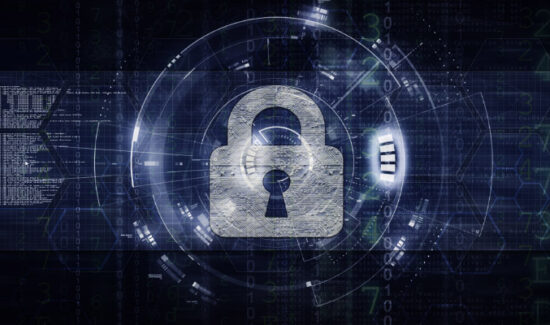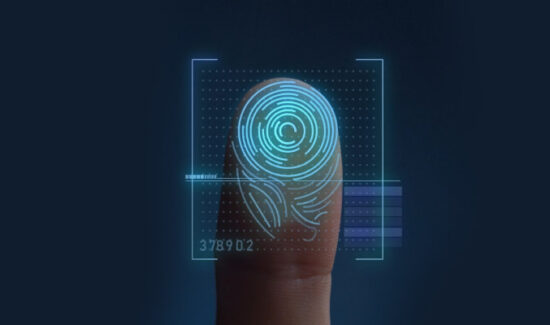Identity Governance and Remote Work – The Necessity is Obvious


Why is identity governance and administration (IGA) essential to remote work? How can it improve your cybersecurity and workflows as the remote work transition continues? What capabilities can help your enterprise as you maintain work-from-home (WFH) or transition back to the office?
Identity governance and administration often ends up neglected in the identity management discourse; usually, privileged access management and biometric authentication dominate the conversation. Yet IGA matters now more than ever with the rush to remote work in the wake of the COVID-19 pandemic. Its connection to role management and automation makes it critical to the new structure of work processes.
Here’s why.
Identity Governance and Remote Work
New Challenges in the Enterprise Network
Previously, although enterprises were beginning to embrace cloud infrastructures and applications, it was still in a process of transition. The need to allow WFH en masse forced that transition to accelerate, often beyond the capabilities of enterprises’ cybersecurity to keep up.
Now, enterprises look to rapidly embrace Software-as-a-Service (SaaS) faster than ever. Moreover, they must contend with a workforce that may want to transition back to the office, stay remote, or try contract-work. In many ways, these transitions are good; it allows enterprises to embrace cloud collaboration and capabilities and improve work productivity regardless of their location.
However, it creates a larger, more porous digital perimeter that proves much harder to secure. Every new login portal gives hackers an opportunity to infiltrate the network. Above all, it creates a new problem with visibility. Does your IT team know all of the legitimate devices connecting to the network? Can it maintain visibility over all of the permissions of your workers and databases? Without this visibility, your cybersecurity cannot function optimally.
Here, identity governance steps in. It helps uncover all of the users, humans and otherwise, with permissions in your network; this corrects any visibility challenges your enterprise encounters during these trying times. Additionally, it evaluates what permissions each device and user possesses in the IT infrastructure.
The latter is where identity governance truly shines during a time of remote work.
Identity Governance and Role Management
At its core, identity governance enforces role management and the Principle of Least Privilege. First, it extends visibility over all of your users’ identities and privileges. Then, it helps your IT security team revoke unnecessary privileges on those accounts, which helps prevent access creep. Finally, it creates set “roles” with set permissions so that employees can easily onboard and transition to the role.
The fewer privileges each account possesses, the less damage malicious use of those permissions can do. This is the guiding principle of identity governance, and it helps enterprises maintain control over their databases. Further, it helps prevent data breaches before they begin, which is especially critical during the WFH period. With a larger, remote digital environment, finding a data breach or credential compromise takes longer, which can compound the damage. So limiting the possibility of a breach matters that much more.
Additionally, without the visibility provided by IGA, users could slowly start occurring unnecessary privileges due to temporary projects or helping other employees in their tasks. This access creep puts the entire enterprise at risk.
Automation Matters
Identity governance can actually help IT security teams in another way: by automating tasks that would normally be handled manually. IGA can handle requests for temporary permissions automatically, both in granting them and revoking them after a set time limit; freeing your security team. Also, it can help automate both onboarding and offboarding processes.
Every action that can be performed automatically means more investigations and time for incident response. Every second counts in cybersecurity.
You can learn more in our Identity Governance and Administration Buyer’s Guide.




















